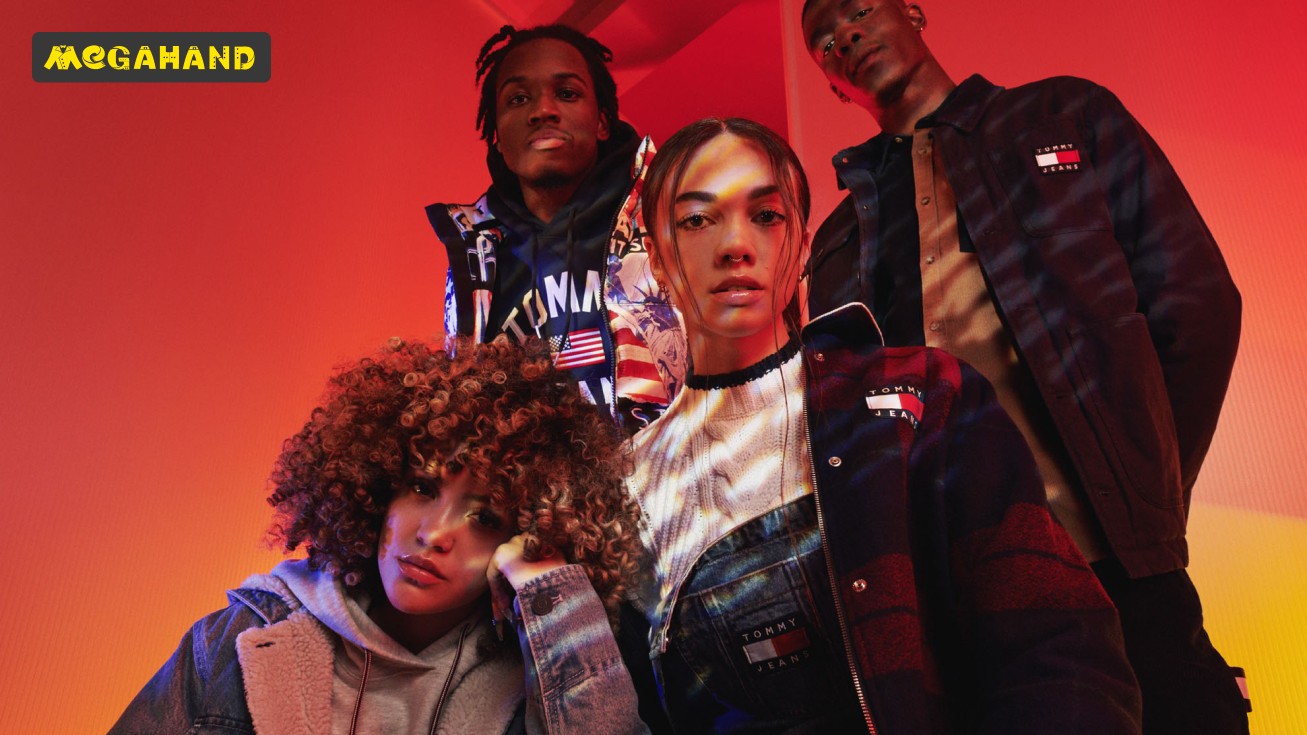Tommy Hilfiger: More than just a logo - a story of the American dream and fashion influence
Why do clothes with a recognizable red, white and blue logo continue to win hearts, despite the variability of fashion trends? Many see it only as a status symbol, but the history of Tommy Hilfiger is much deeper and more interesting. Ignoring this history deprives us of understanding the evolution of modern fashion and the mechanisms of success in the industry.
The difficulties that the reader encounters when studying the history of fashion brands are often associated with the abundance of information and the need to sift myths from facts. In addition, brand perception is highly dependent on personal experience and cultural context.
From The People's Place Boutique to World Domination
Tommy Hilfiger is not only the name of the designer, but also the name of a global corporation producing clothing, shoes, accessories, perfumes and household goods. The characteristic features of the brand are classic American style, high quality materials and a recognizable logo in the form of a red, white and blue flag. The brand's color scheme, inspired by the American flag, symbolizes freedom, confidence and optimism.
The Rise and Fall: Chronicles of Tommy Hilfiger's Success
The story of Tommy Hilfiger begins in 1969, when Thomas Jacobson Hilfiger, while still a teenager, opened his first clothing store called The People's Place in his hometown of Elmira, New York. This store, aimed at young people, offered flared jeans, vintage clothing and other trendy items of the time. However, despite its initial success, The People's Place went bankrupt after seven years.
In the early 1980s, Hilfiger moved to New York and began working as an independent designer. In 1985, with the support of Indian businessman Mohan Moorjani, he founded his own company, Tommy Hilfiger Corporation.
Revolutionary Marketing
One of the key factors in Tommy Hilfiger's success has been innovative marketing. In 1985, the company ran a provocative ad in The New York Times that featured Hilfiger as one of America's leading designers, along with Ralph Lauren and Calvin Klein. This bold statement immediately attracted attention to the brand and created an aura of prestige and exclusivity around it.
Union with hip-hop
In the 1990s, Tommy Hilfiger made a strategic move to gain popularity in hip-hop culture. Rappers such as Snoop Dogg, Aaliyah and TLC began wearing Tommy Hilfiger clothing, giving the brand an instant cult following among young people. Baggy jeans, track jackets and T-shirts with the Tommy Hilfiger logo have become an integral part of hip-hop style.
Expansion and diversification
During the 1990s and 2000s, Tommy Hilfiger expanded its range to include women's clothing, children's clothing, fragrances, accessories and homewares. The company also began to actively develop a network of retail stores around the world.
Crisis and rebirth
In the early 2000s, Tommy Hilfiger faced financial difficulties due to market oversaturation and changing fashion trends. In 2006, the company was acquired by private equity firm Apax Partners for $1.6 billion.
In 2010, Tommy Hilfiger was purchased by Phillips-Van Heusen (PVH), which also owns brands such as Calvin Klein and Van Heusen. Under PVH's leadership, the brand underwent a rebirth, updating its image and focusing on higher quality products.
Logo as a symbol: from fakes to collaborations
The recognizable red, white and blue Tommy Hilfiger logo has become not only a symbol of the brand, but also an object of counterfeiting. The popularity of the logo led to the emergence of a huge number of counterfeit products, which damaged the brand's reputation.
In recent years, Tommy Hilfiger has been actively collaborating with other brands and celebrities to attract new audiences and strengthen its position in the market. Examples of such collaborations include collaborations with Gigi Hadid, Zendaya and Lewis Hamilton.
Tommy Hilfiger today: sustainability and inclusion
Today, Tommy Hilfiger is one of the world's leading fashion brands. The company actively works to reduce its impact on the environment and promotes the principles of sustainable development. Tommy Hilfiger is also committed to creating a more inclusive environment by offering clothing in a variety of sizes and styles that represent different ethnicities and cultures.
From classic to modern: influence on fashion trends
Tommy Hilfiger's influence on fashion trends is enormous. The brand played an important role in popularizing classic American style, sportswear and hip-hop fashion. Tommy Hilfiger was also one of the first to use celebrities in its advertising campaigns, which has become a common practice in the fashion industry.
Megahand recommends: find your Tommy Hilfiger in Batumi
Do you want to touch the history of American fashion and add iconic items to your wardrobe? At Megahand in Batumi you will find a wide selection of Tommy Hilfiger clothing at affordable prices.
We invite you to visit our store and choose Tommy Hilfiger pieces that reflect your personal style. Our consultants will help you choose the perfect look and answer all your questions.


